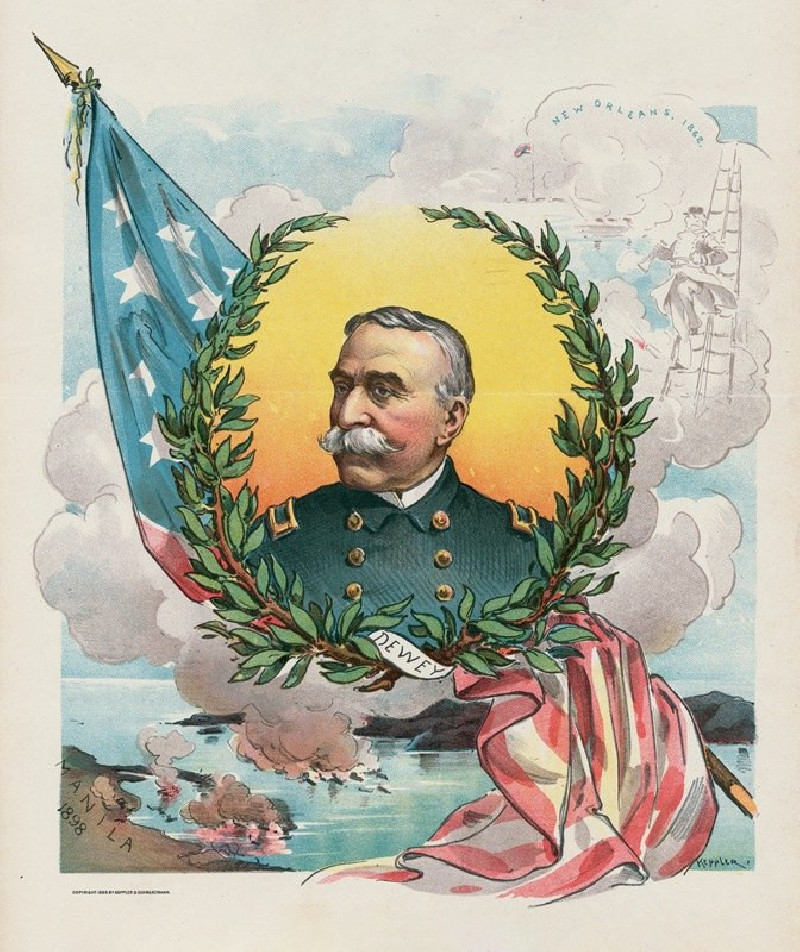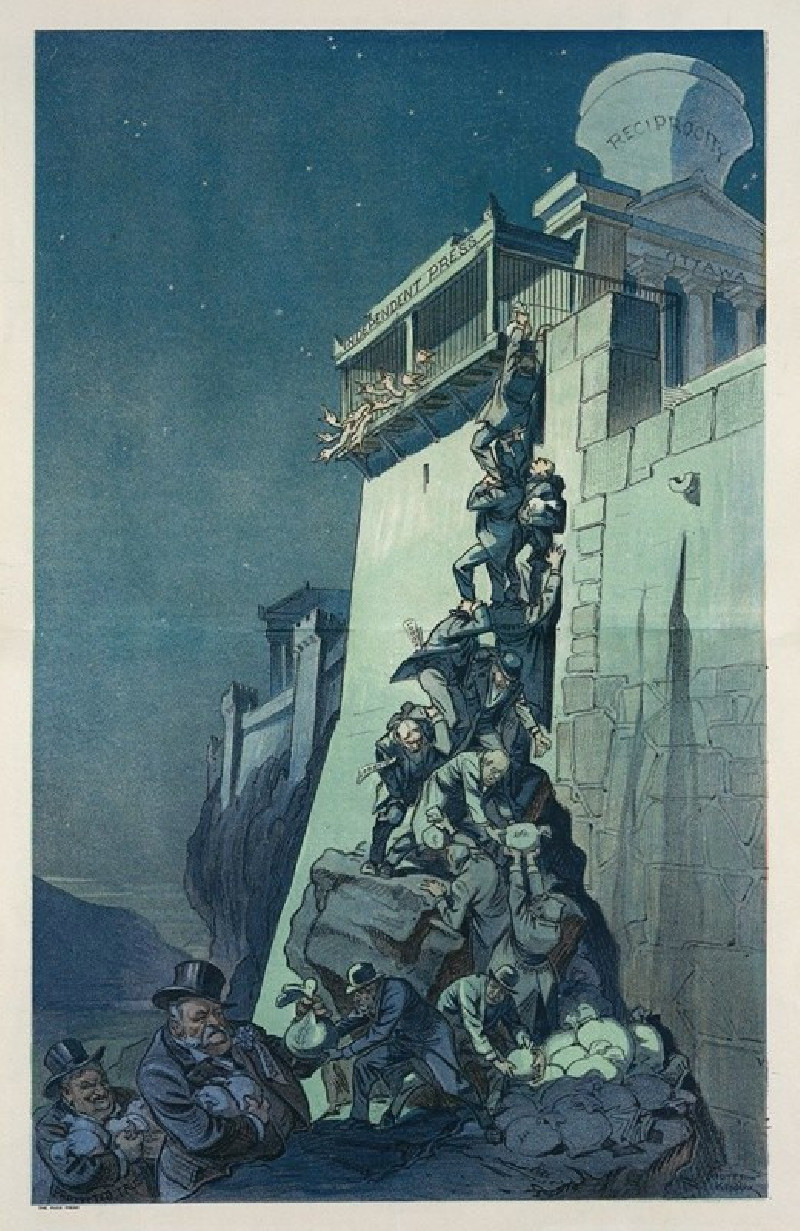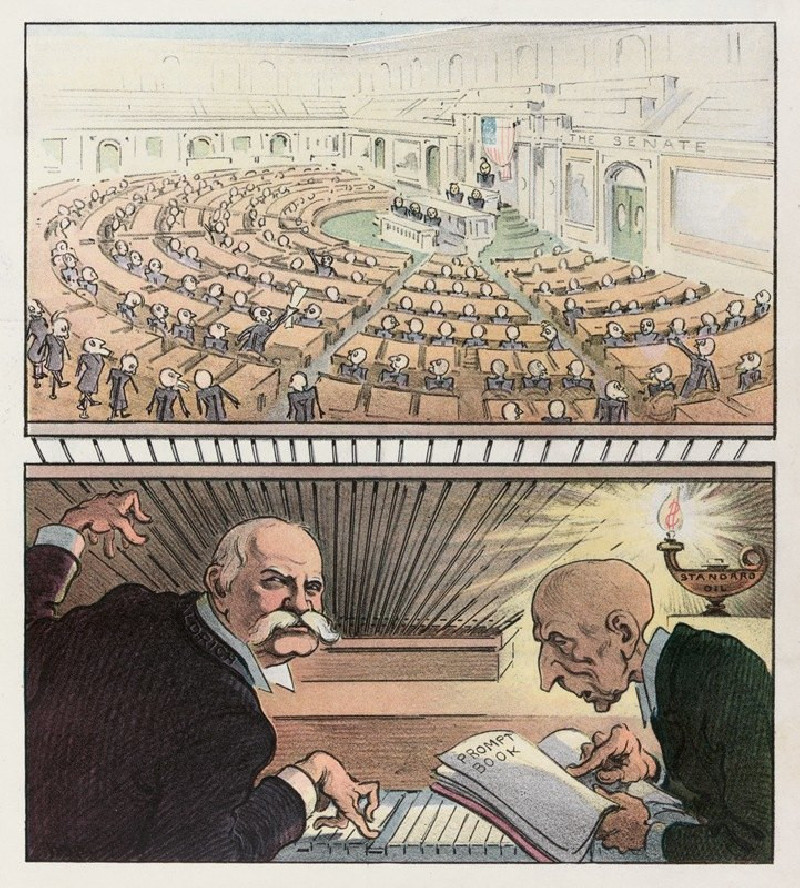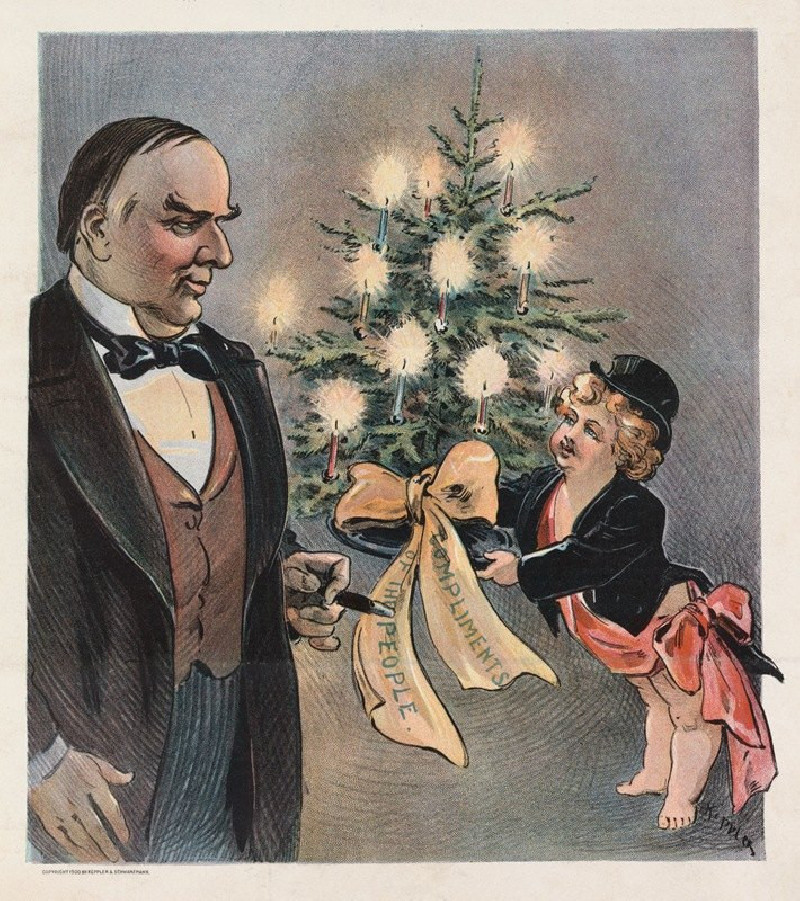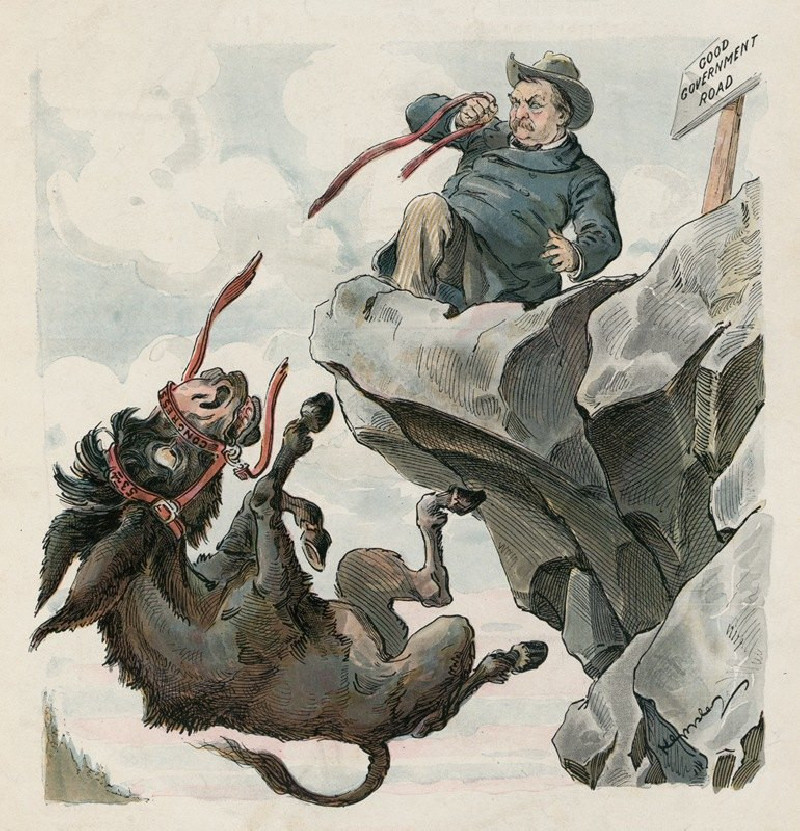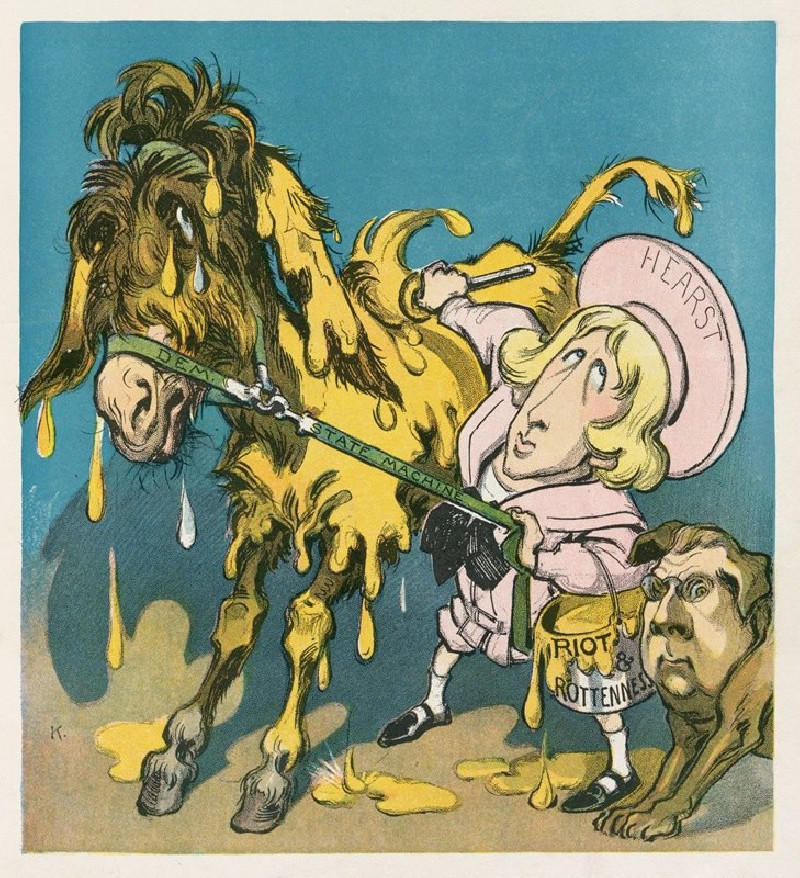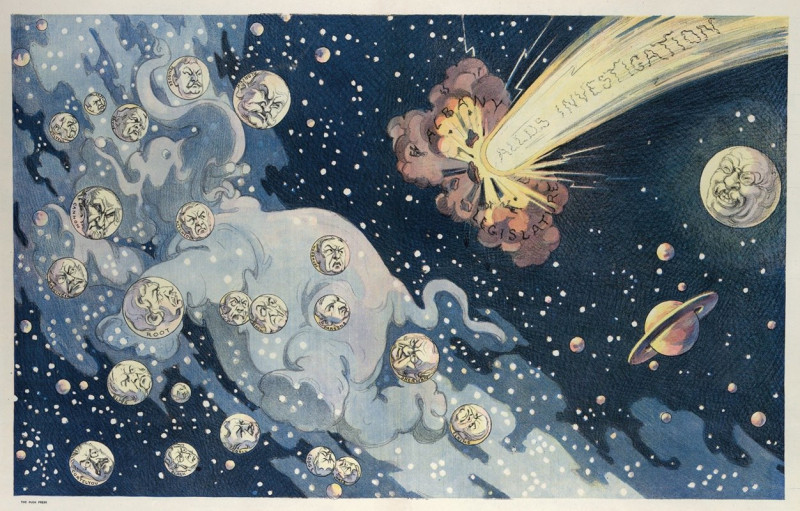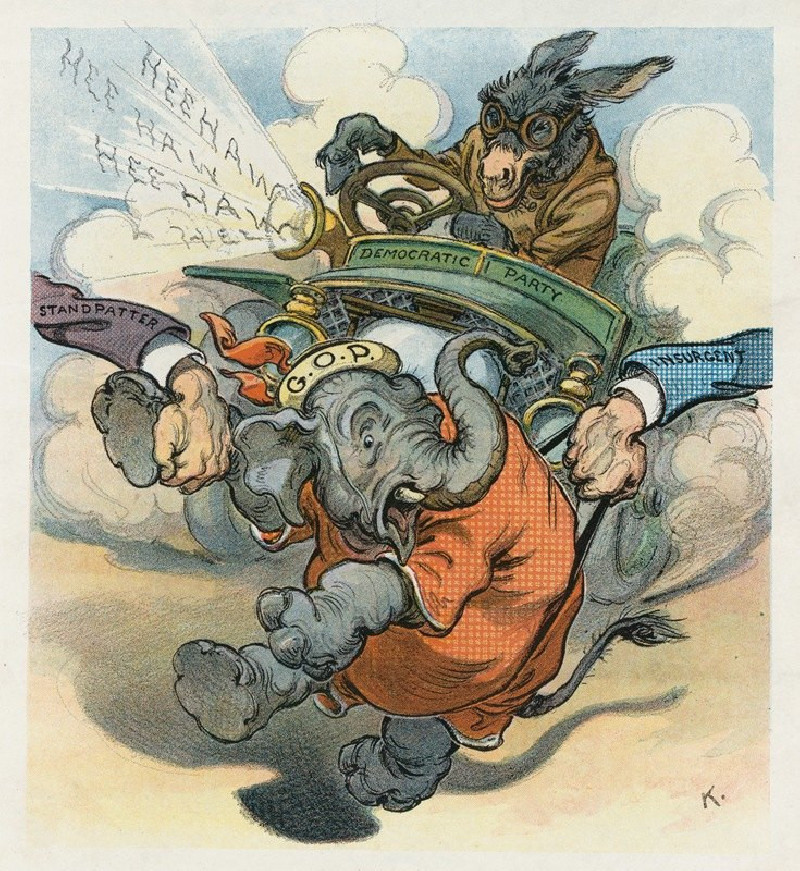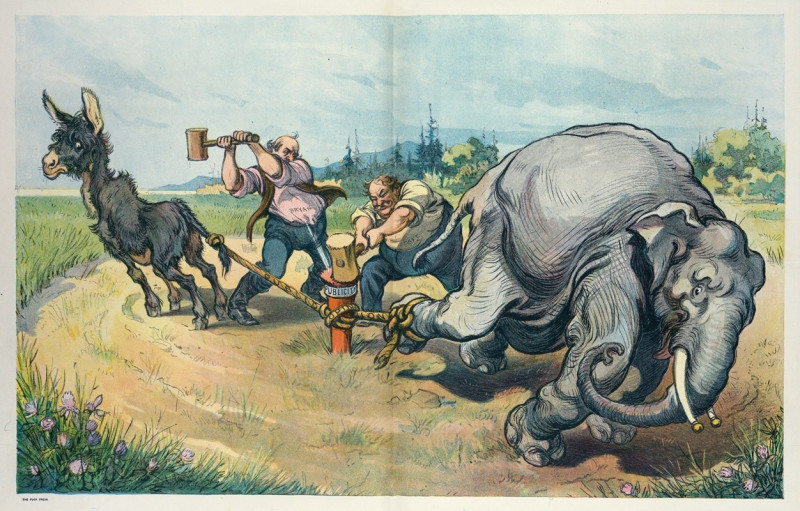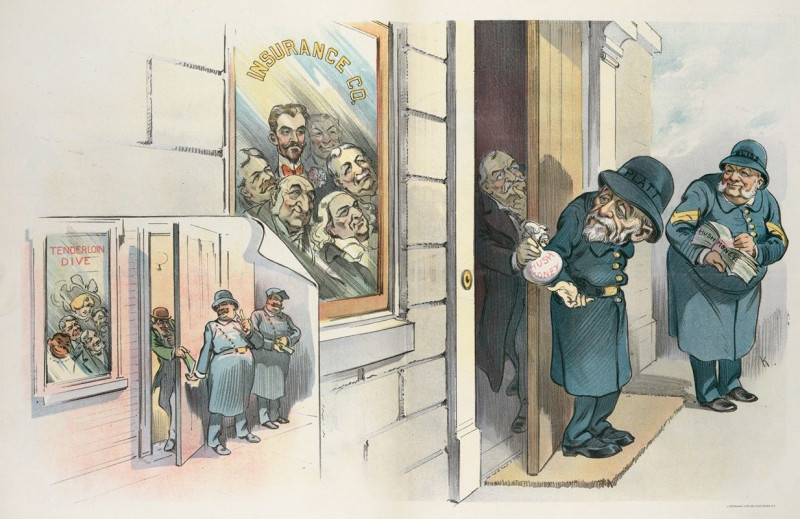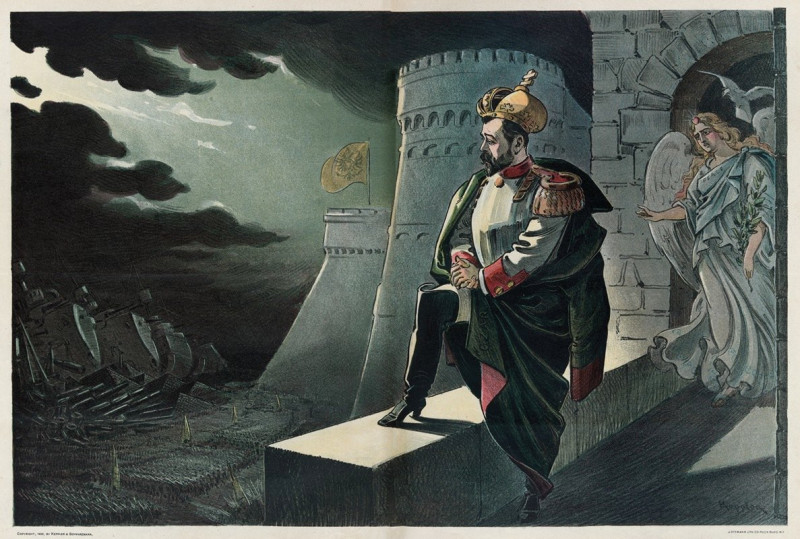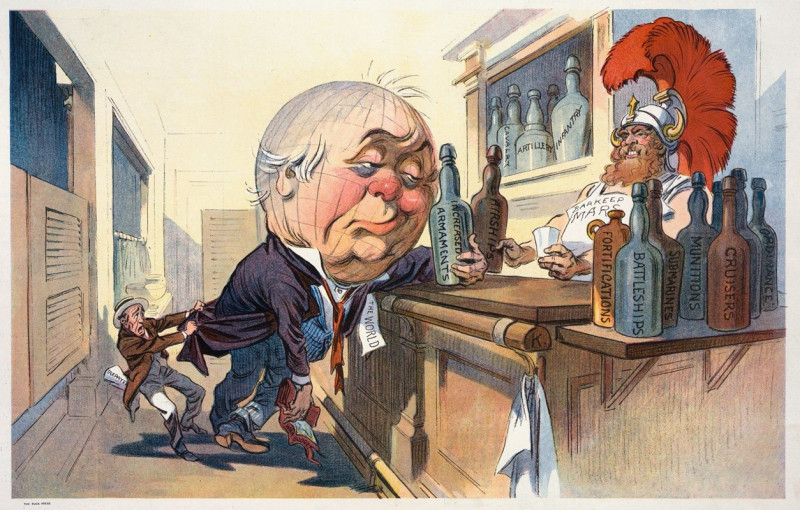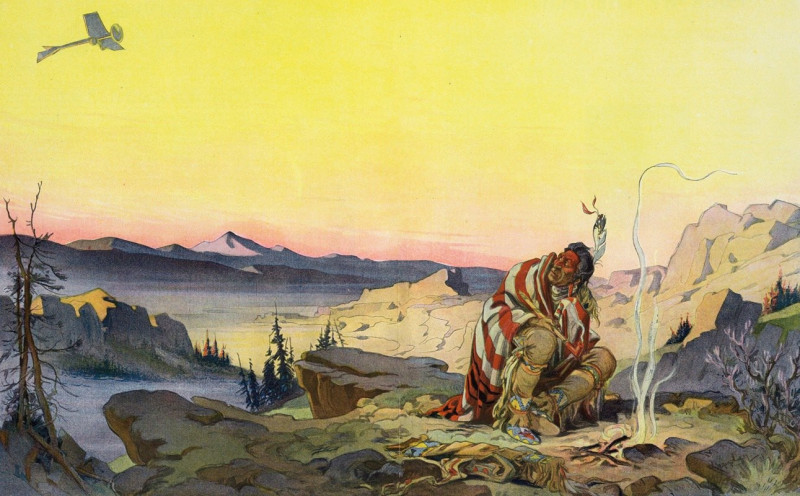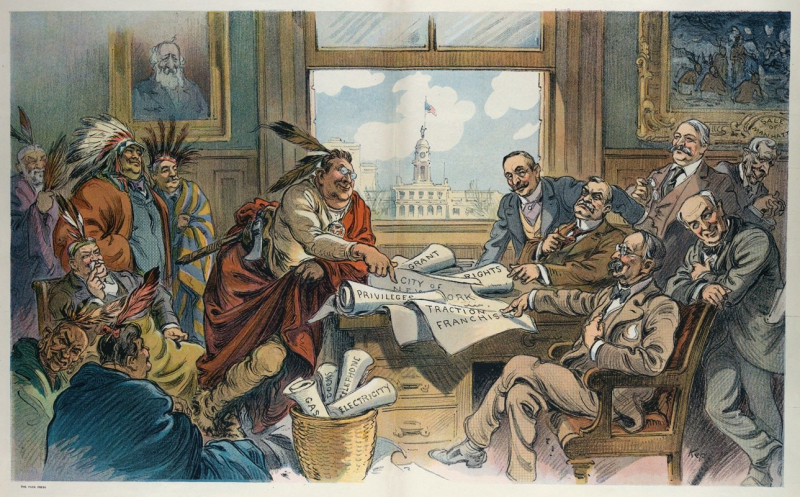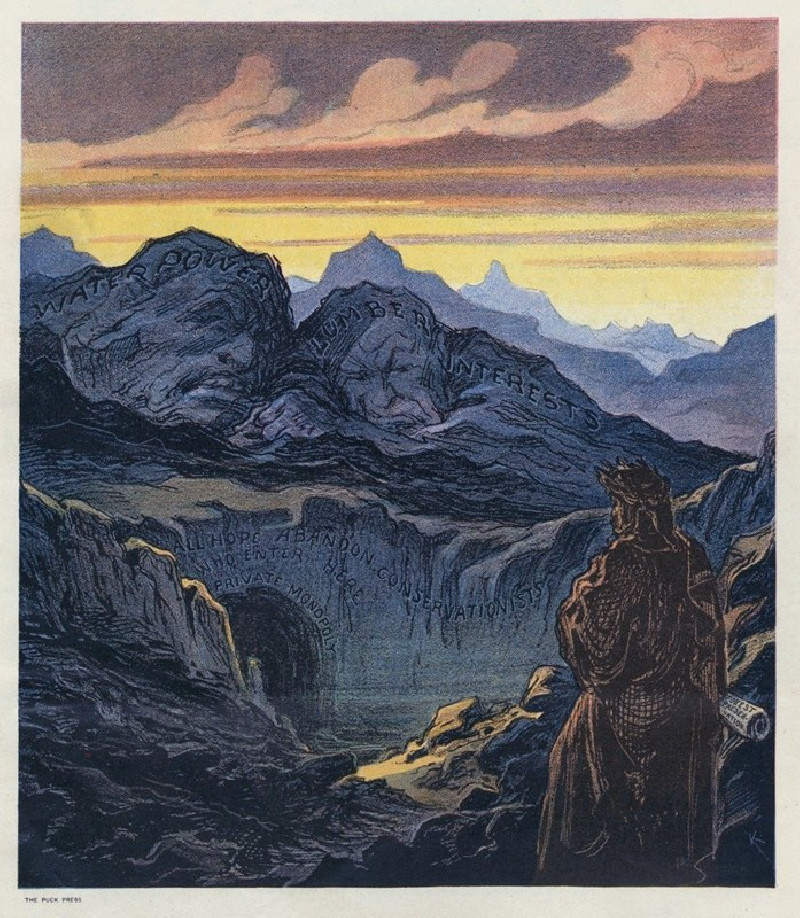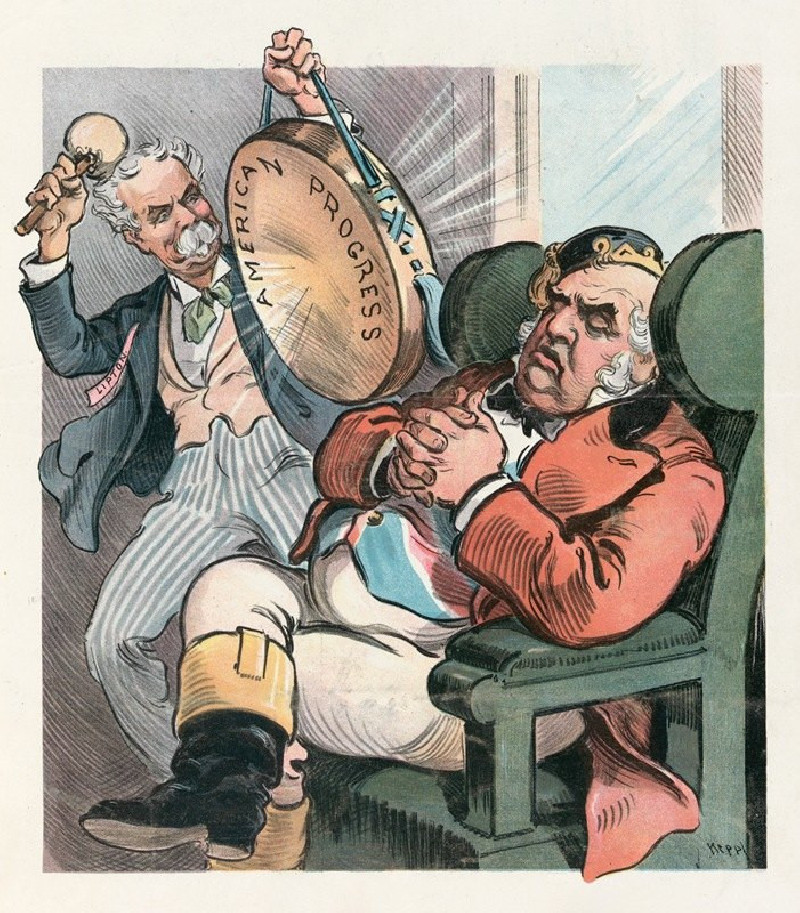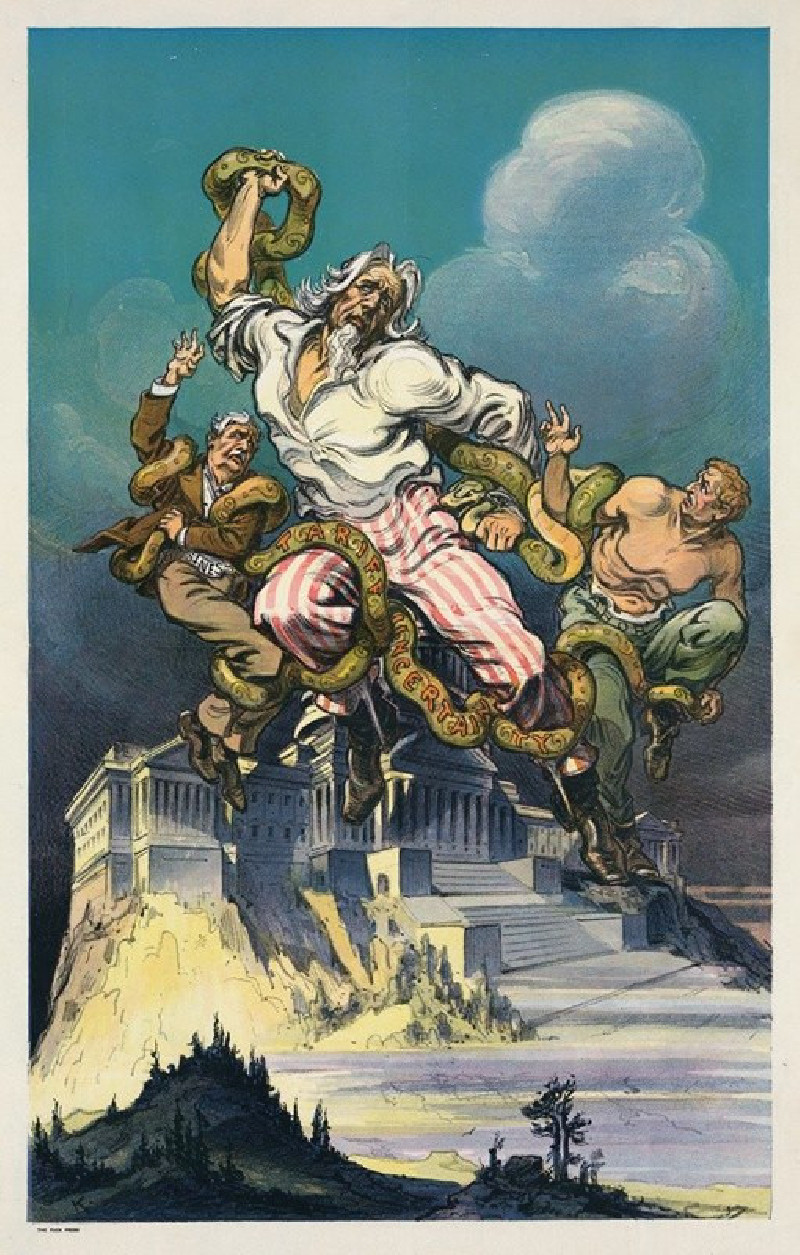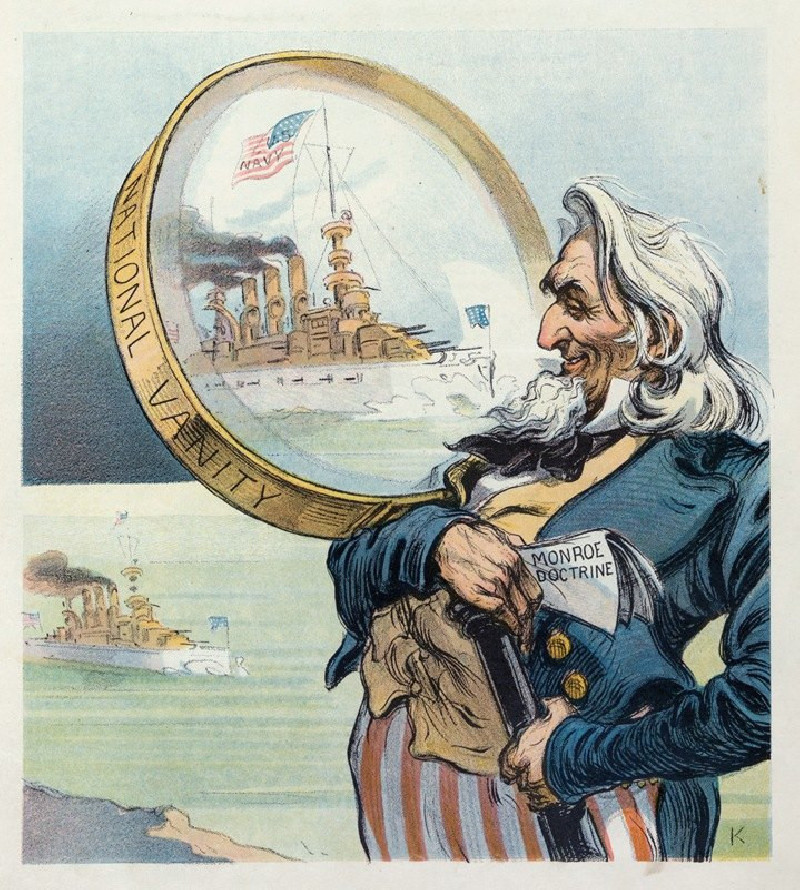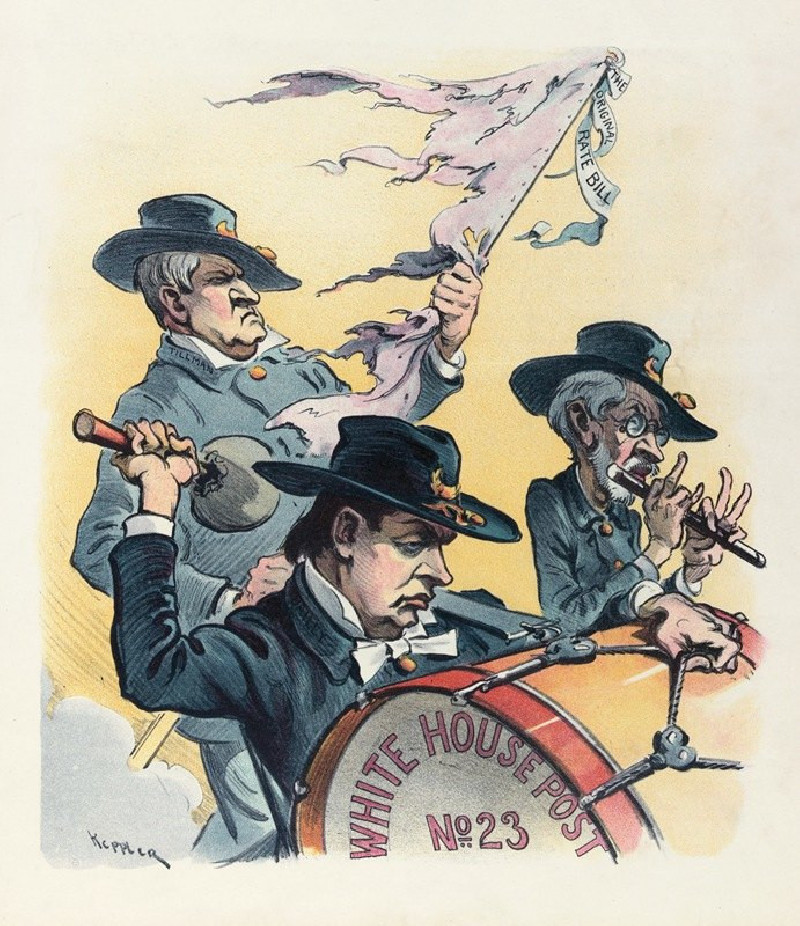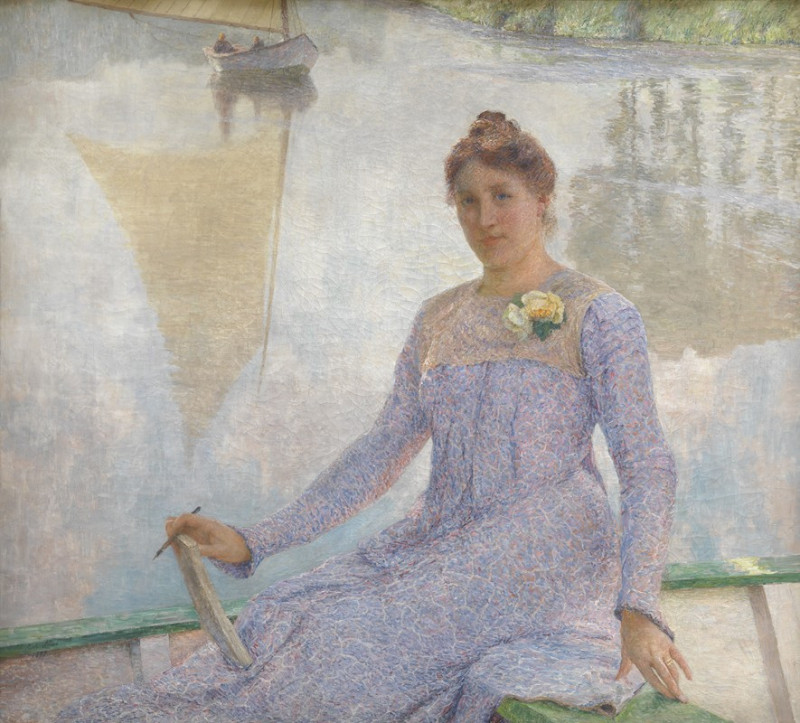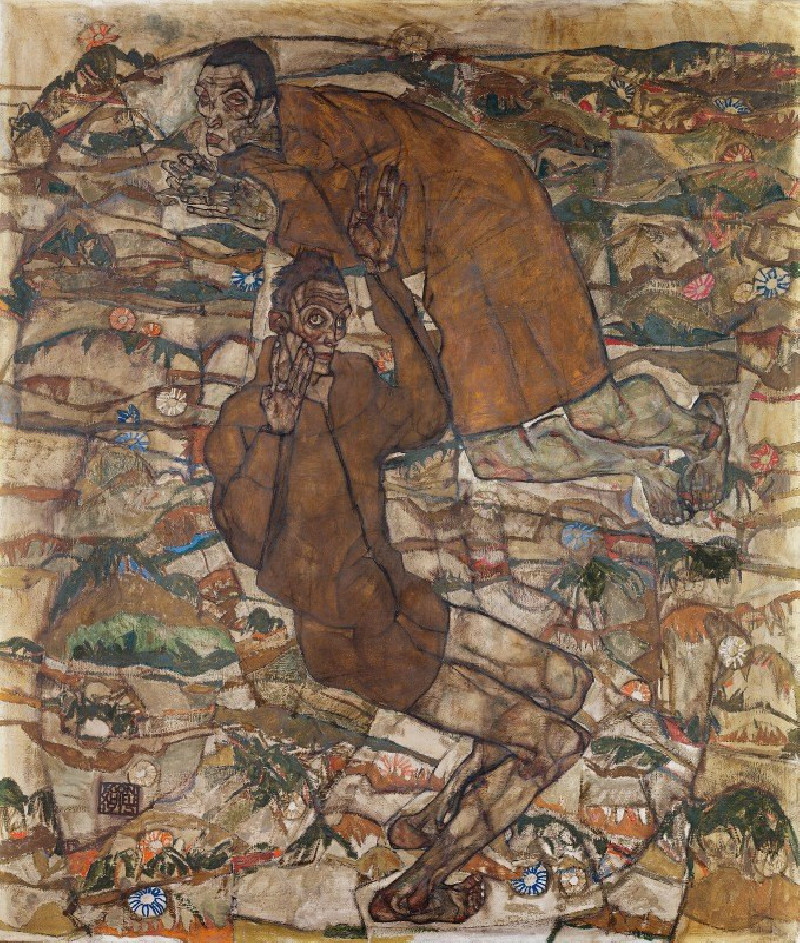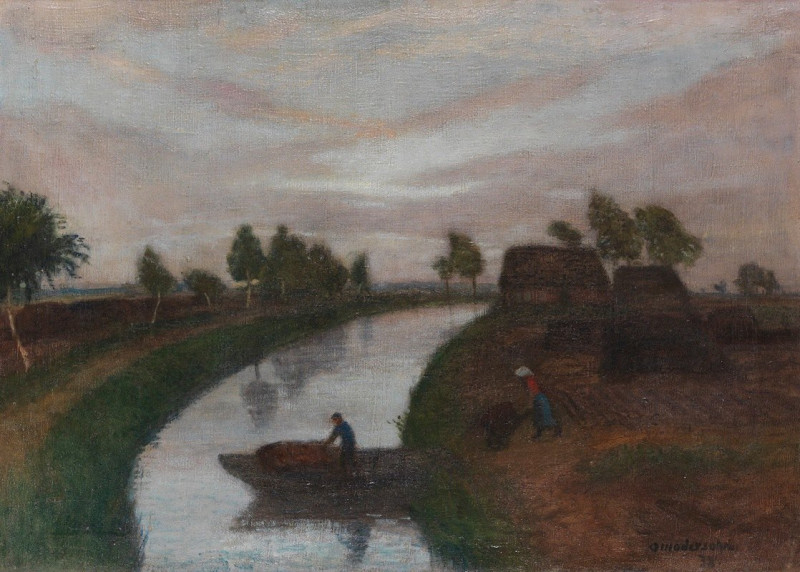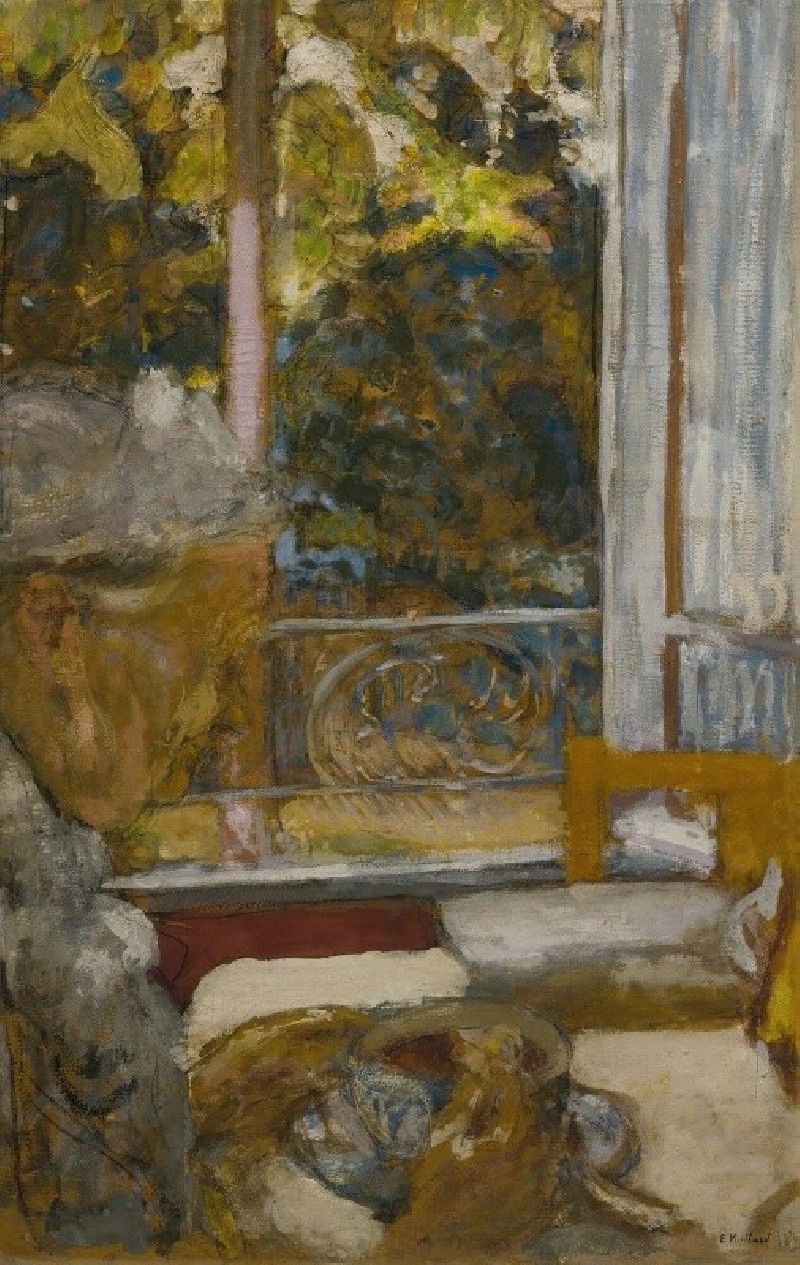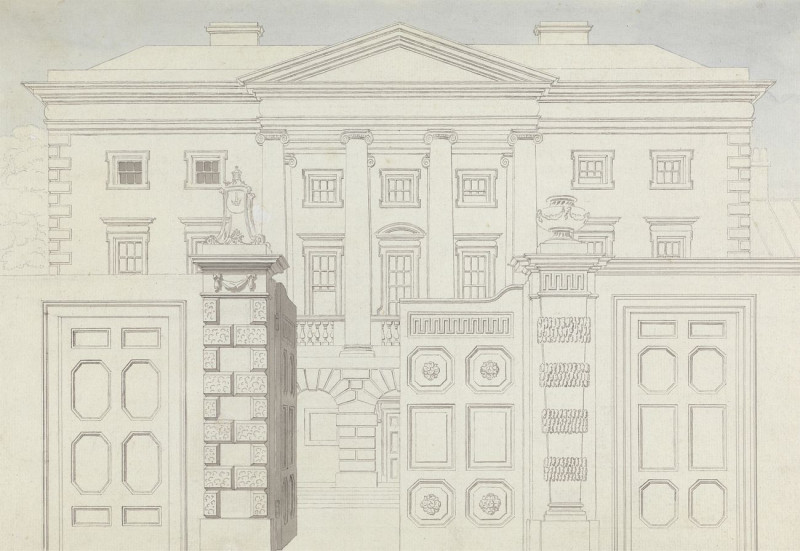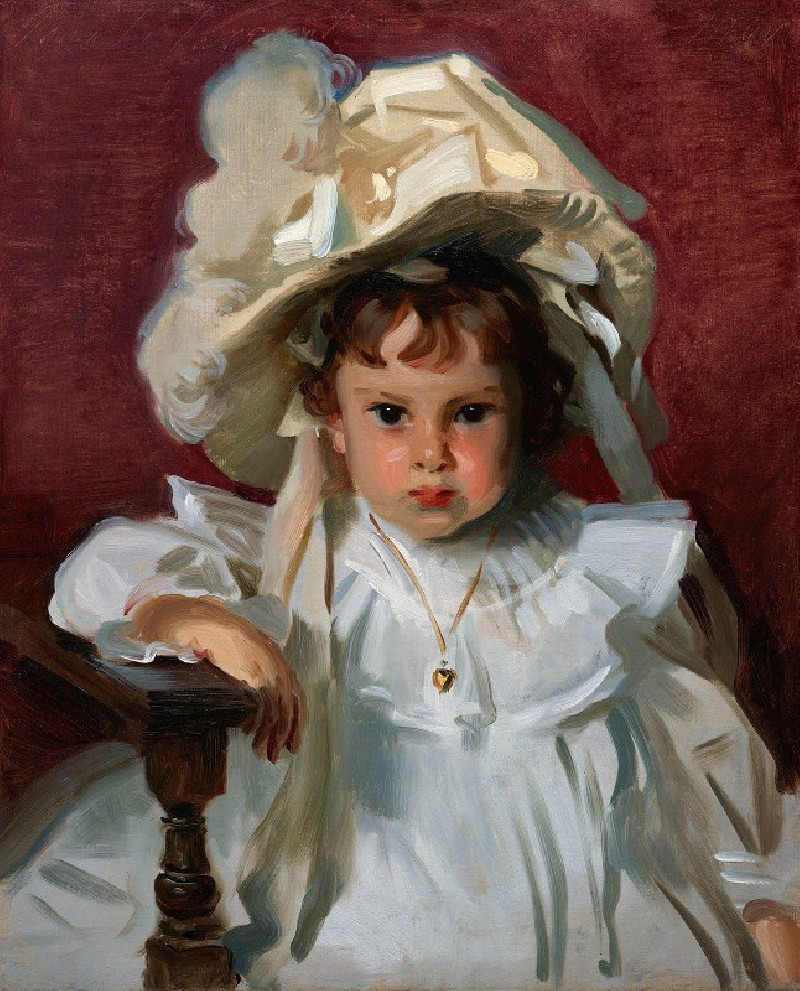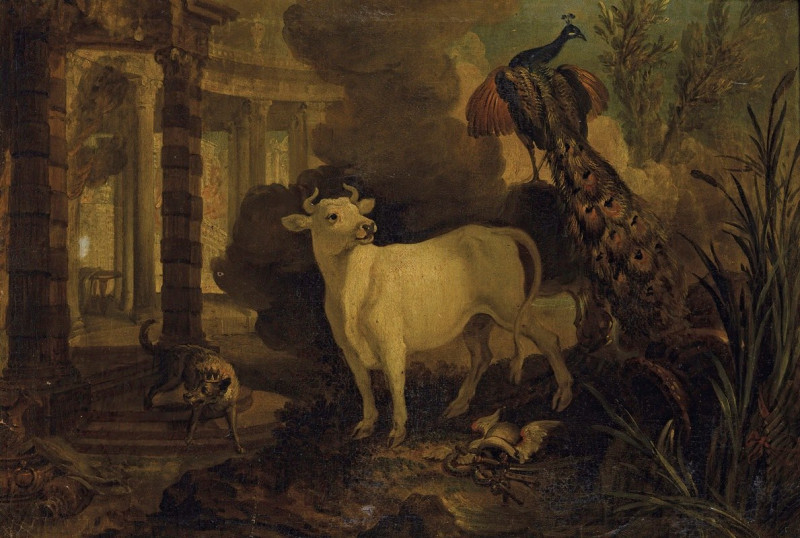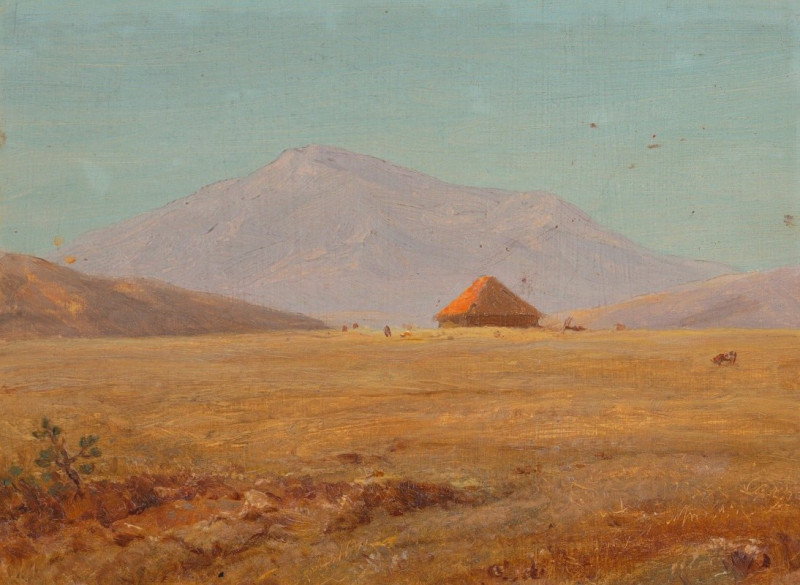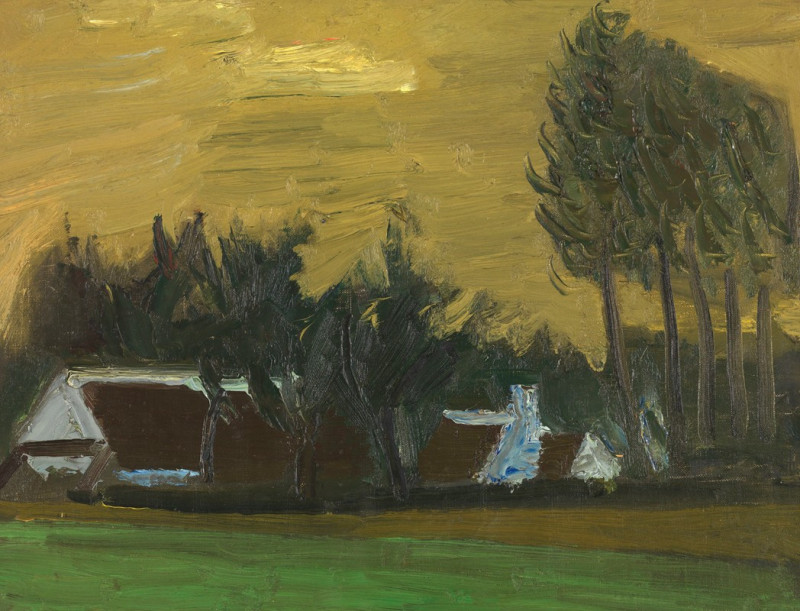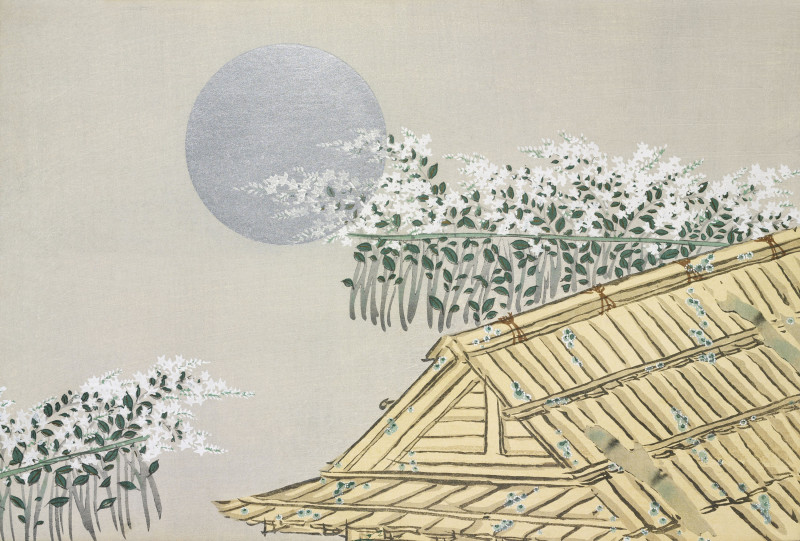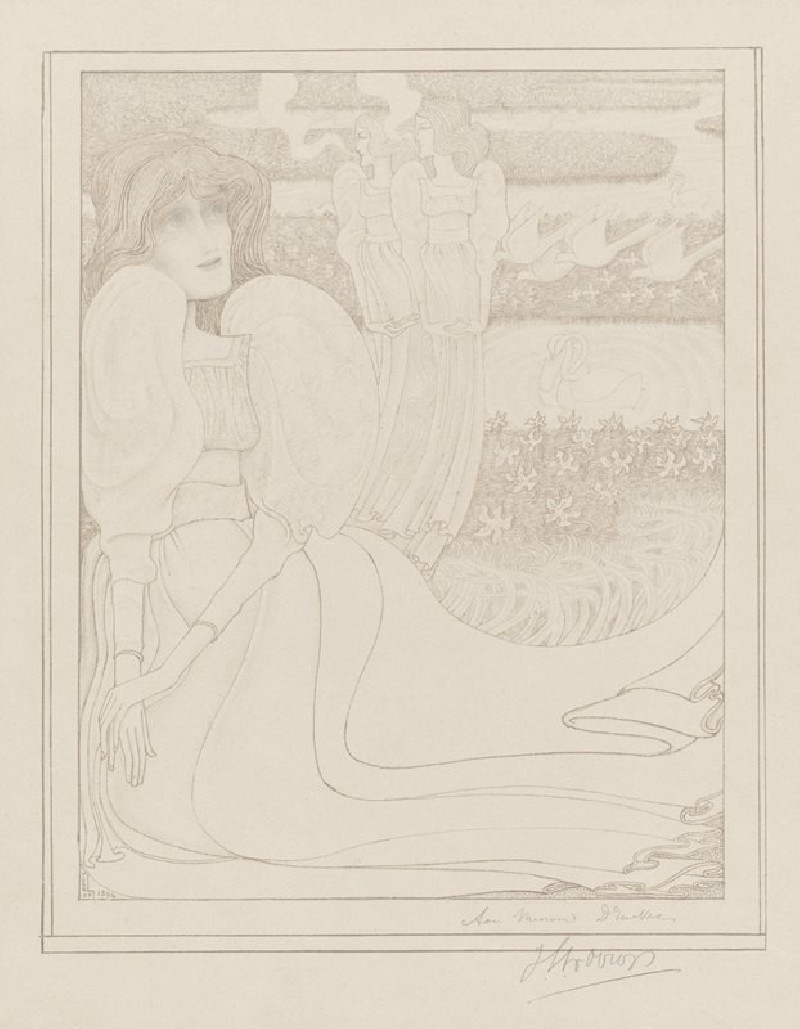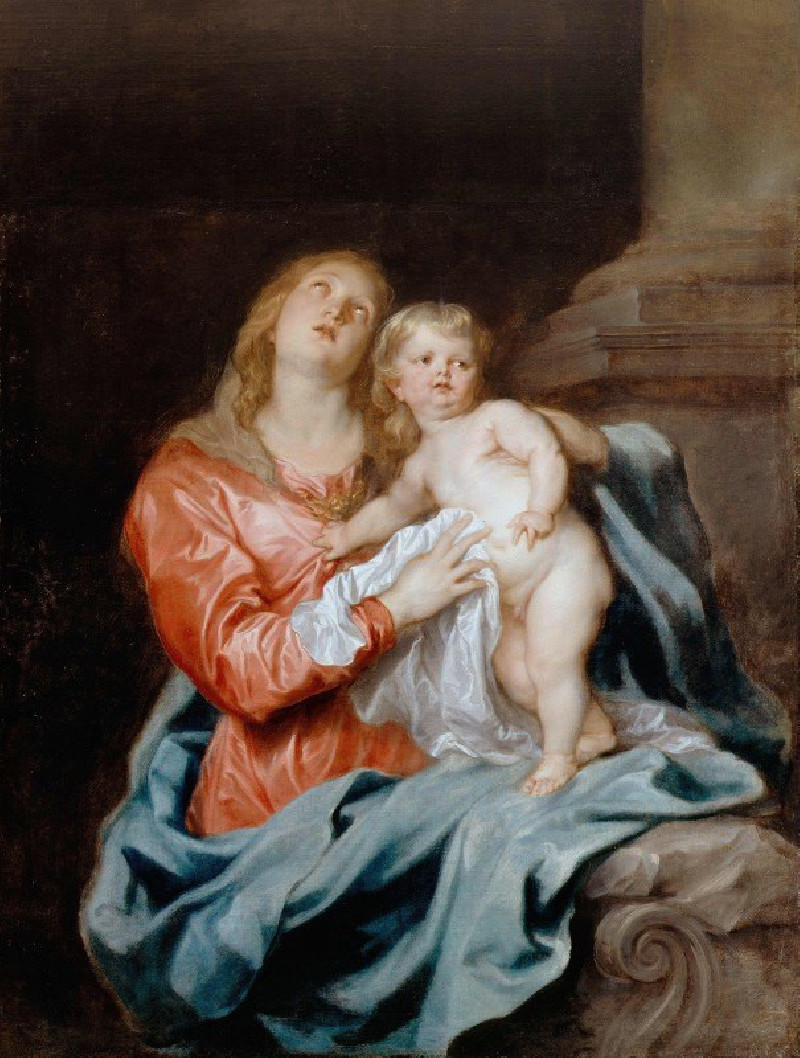The disciple of Farragut is worthy of his master (1898)
Technique: Giclée quality print
Recommended by our customers
More about this artwork
"The Disciple of Farragut is Worthy of His Master" (1898) is a vibrant and evocative illustration by Udo Keppler that merges historical reverence with vivid artistic expression. This piece beautifully enshrines the figure of Admiral George Dewey, celebrated for his role in the Spanish-American War, particularly the Battle of Manila Bay. Keppler, known for his editorial cartoons, masterfully portrays Dewey in a classical heroic pose, encapsulated within a laurel wreath, a time-honored symbol of victory and honor.The painting intricately highlights Dewey, with a backdrop that fuses elements of American patriotic imagery, such as the American flag, and celestial motifs that signify enlightenment and guidance. Beneath the central figure, a marinescape depicts a tranquil yet potent scene of military prowess and strategic might at sea, underscoring Dewey's accomplishments in naval warfare. Clouds of smoke on the horizon subtly suggest the theatre of naval combat, enhancing the overall drama of the composition.Adding to the narrative, a secondary vignette to the upper right corner of the painting subtly illustrates an episode from the Battle of New Orleans (1862), subtly linking Dewey to his mentor, Admiral David Farragut, a legendary figure from the American Civil War. This intergenerational connection reinforces the title's message that Dewey, as a disciple of Farragut, has rightfully earned his prestige and honors.Overall, Keppler's work is more than a mere portrait; it's a storytelling mosaic that celebrates American naval heritage, heroism, and the continuing legacy of its naval commanders.
Delivery
Returns
Udo J. Keppler, since 1894. known as Joseph Keppler, Jr., was an American political cartoonist, publisher, and Native American advocate. The son of cartoonist Joseph Keppler (1838–1894), who founded Puck magazine, the younger Keppler also contributed to cartoons, and after his father's death became co-owner of the magazine under the name Joseph Keppler. He was also a collector of Native American artifacts.

